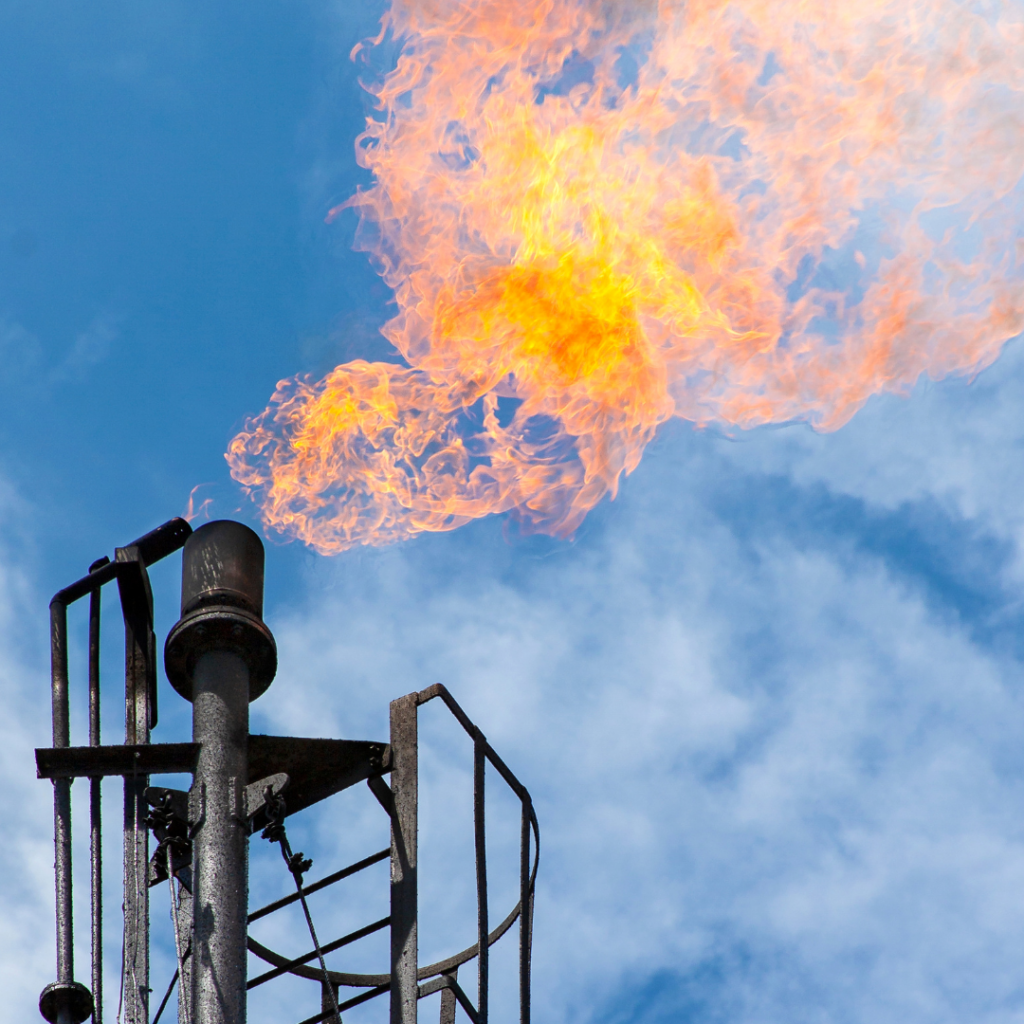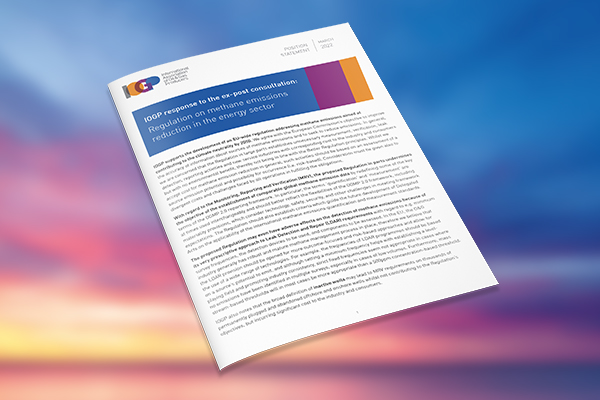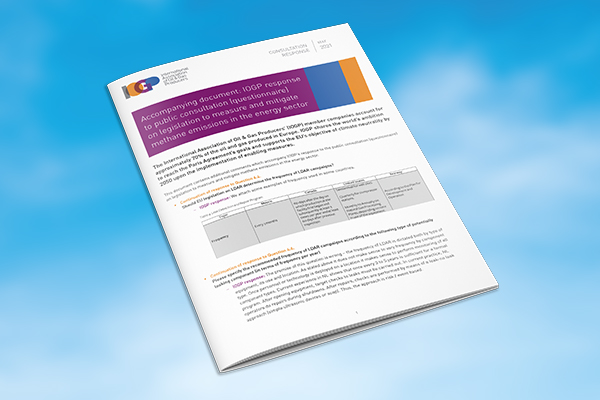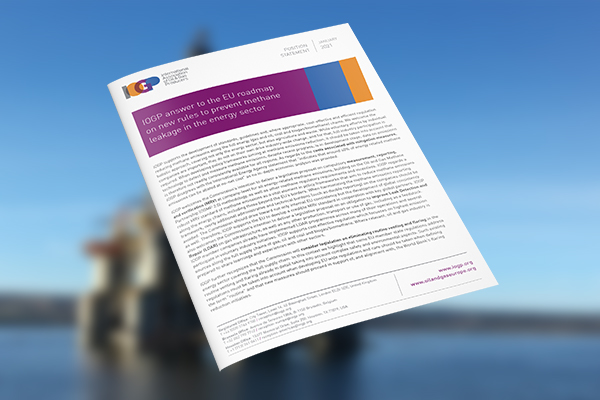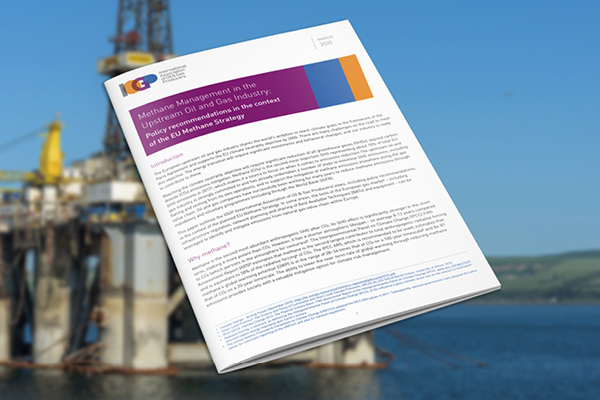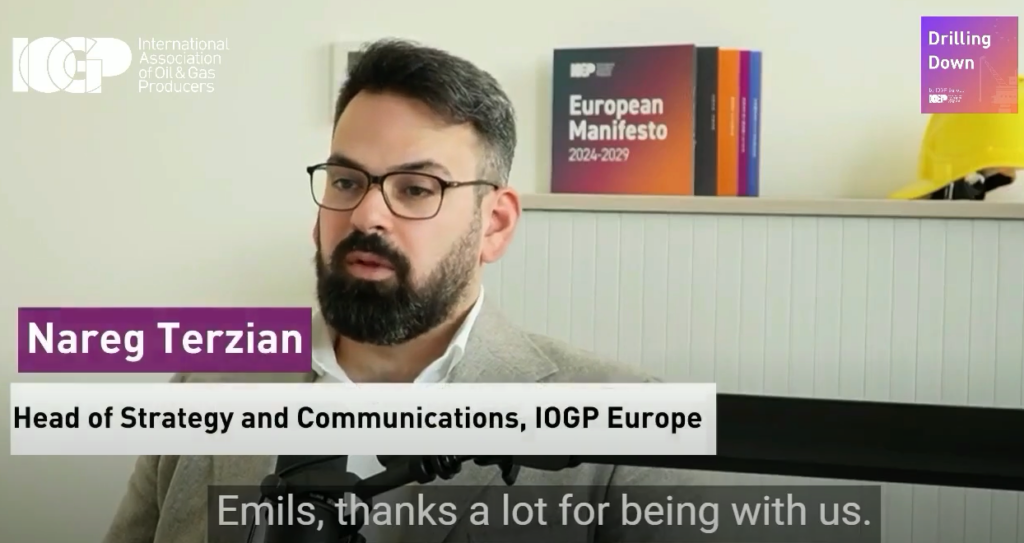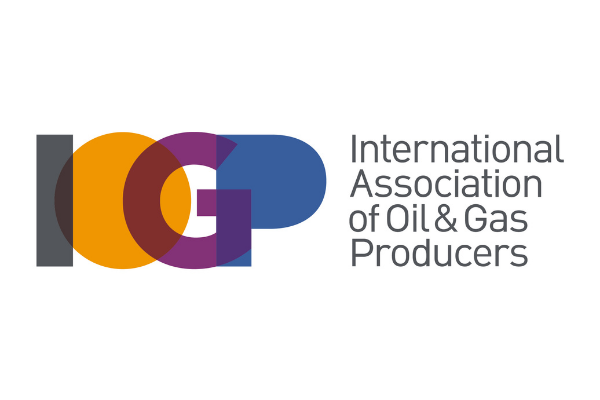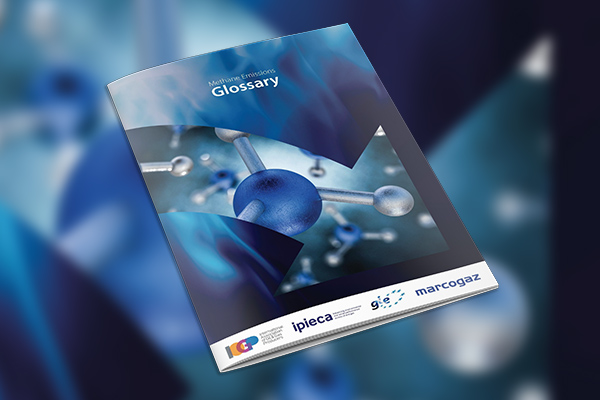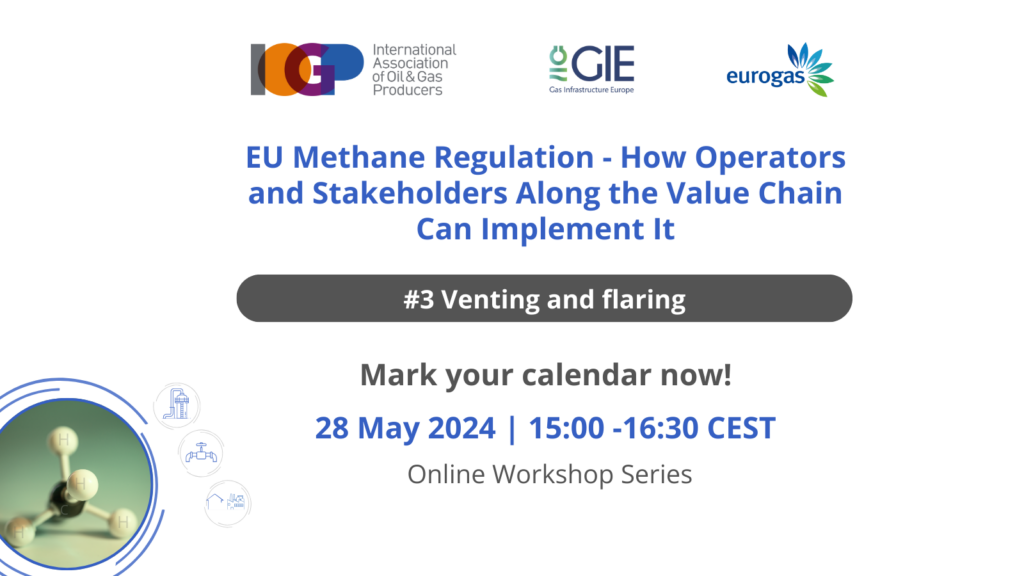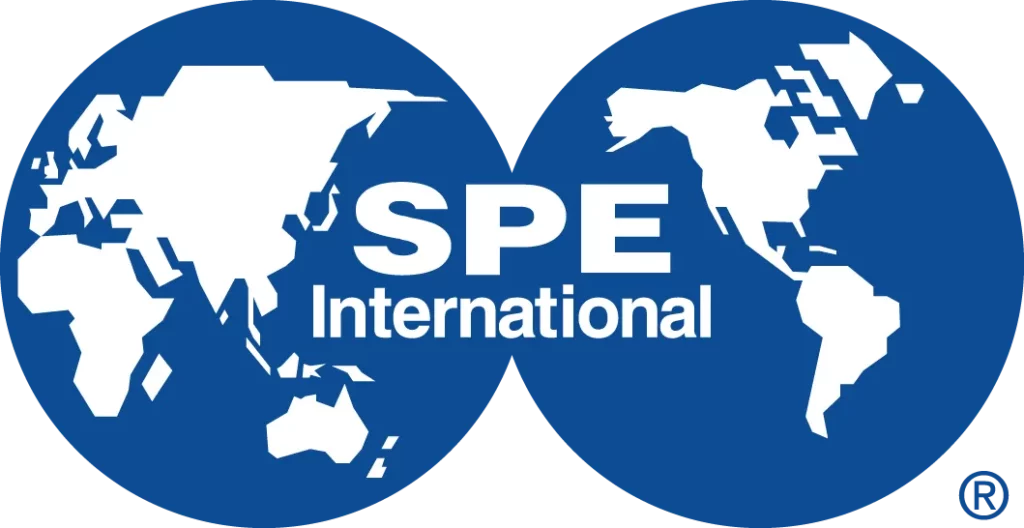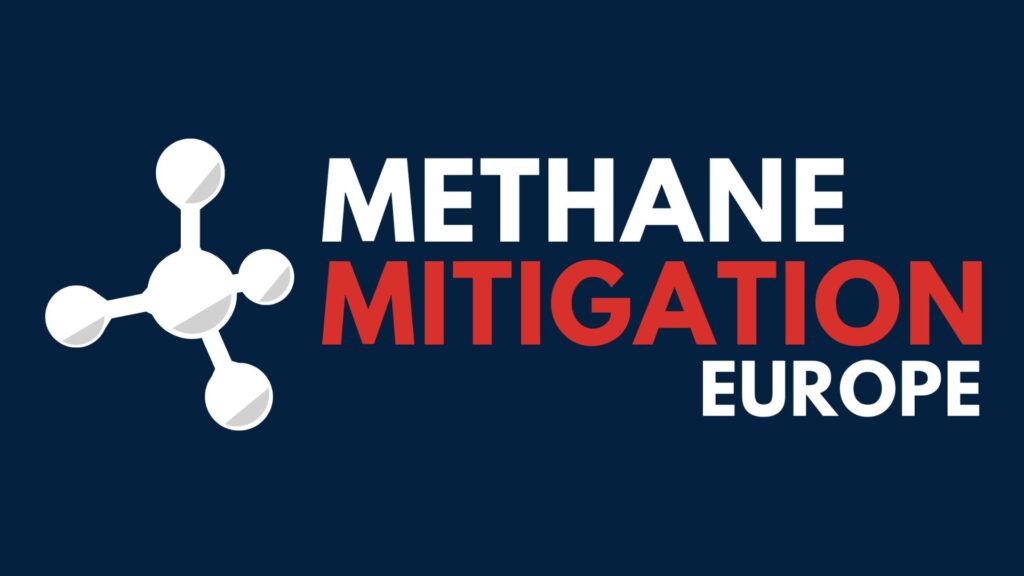EU Approves Methane Regulation: What’s Next for the Industry?
The European Union has officially approved the Methane Regulation today. This marks a significant step in the effort to reduce methane emissions across the continent. There still are open issues to work on however, to make the implementation phase smooth and impactful. Here's what the industry should keep an eye on as we move forward.
Upcoming Developments
With the primary legislation approved, attention now shifts to the 'secondary legislation' phase. This involves the European Commission (EC) working out further details to ensure effective implementation.
Key Areas to Address
To maximize the efficiency of the Methane Regulation, the industry should focus on the following four key elements:
1. LDAR for Subsea and Subsea-Bed Components
- Current commercial devices cannot measure methane emissions in subsea environments. Operators need to be allowed to use alternative approaches to meet compliance obligations.
2. Advanced Detection Technologies
- Existing state-of-the-art technologies struggle to meet minimum detection limits (<17g/h) in real-time operations. Adjustments are needed to provide a realistic pathway for all technologies to enhance early detection and repair of leaks.
3. Minimum Detection Levels
- Aligning detection levels with already defined repair levels can mitigate financial impacts and logistical disruptions related to equipment changes.
4. Flare Stack Efficiency
- Clear methods are required to accurately calculate the 99% efficiency rate of flare stacks.
Considerations for Importers
The regulation also impacts importers significantly, with specific areas requiring attention:
- Granular Data Requirements
Importers must provide detailed data from producers that meet the EU's MMRV standards. Harmonizing regulations with major exporters like Norway and the US is crucial to avoid supply disruptions. - Timeline Clarity
The EC must clarify the process timeline and technical details soon, as compliance will be mandatory for new and renewed contracts starting in early 2025. - Intensity Calculation
The new methodology should be based on existing best practices, such as those used by the Oil and Gas Climate Initiative (OGCI).
Given the rapid implementation and complexity of the new regulation, the industry needs some flexibility to ensure compliance and protect the EU’s natural gas and crude oil supply.
We look forward to constructive discussions and will present comprehensive recommendations during the secondary legislation phase. Our industry remains committed to reducing methane emissions.
